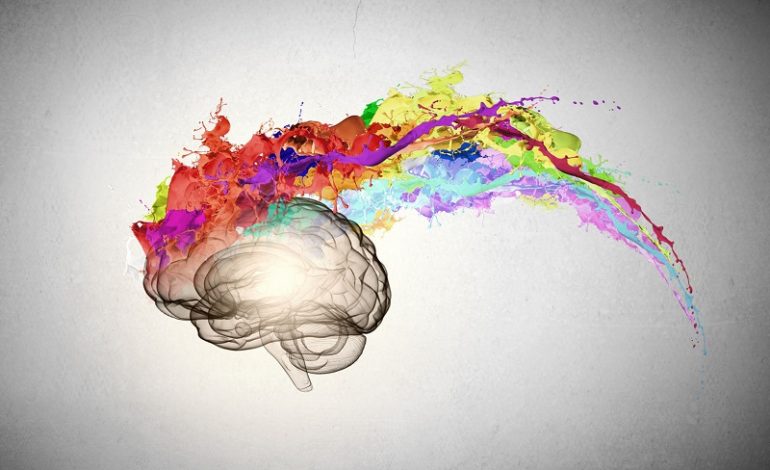The brain remembers information better when it’s presented in color. But while neon-bright colors are great for grabbing attention, images are most memorable when presented in a palette drawn from the natural world.
Because color has such a profound impact on how our brain perceives our environment, it’s used by cultures all over the world to relay important information, send signals and even help improve mood and memory.
How can color help our brains remember information? When the brain is stimulated by color, it increases the chances of the stimuli being transferred to memory. In fact, color scenes help our brains organize, compare and recall information more efficiently than colorless (black and white) scenes.
Do certain colors improve memory? In one study, students in British Columbia scored higher on memory tasks when completing them on a red background. But it depends on where you live, researchers say. In North America, for example, red is aligned with danger or stopping, which increases the natural response to red.
In fact, a study by Mehta and Zhu (2008) found that participants performed better on a word recall task when the words were presented on a red background, while they performed better on a creativity task when it was displayed against a blue background. So there’s definitely a left/right brain differentiator at play.
Jotting down notes in different colour works as well. It helps to ‘categorize’ and store information in our brain by bulks according to the colour written. This makes it easier to remember and differentiate important points of one topic to another. A daily example that we see implemented in our life are zones of parking bays. If you happen to park your car in a mall but forgetting the row or number of your bay, you’re most likely to remember which coloured zone your car was parked in and would make you find your car easier.



